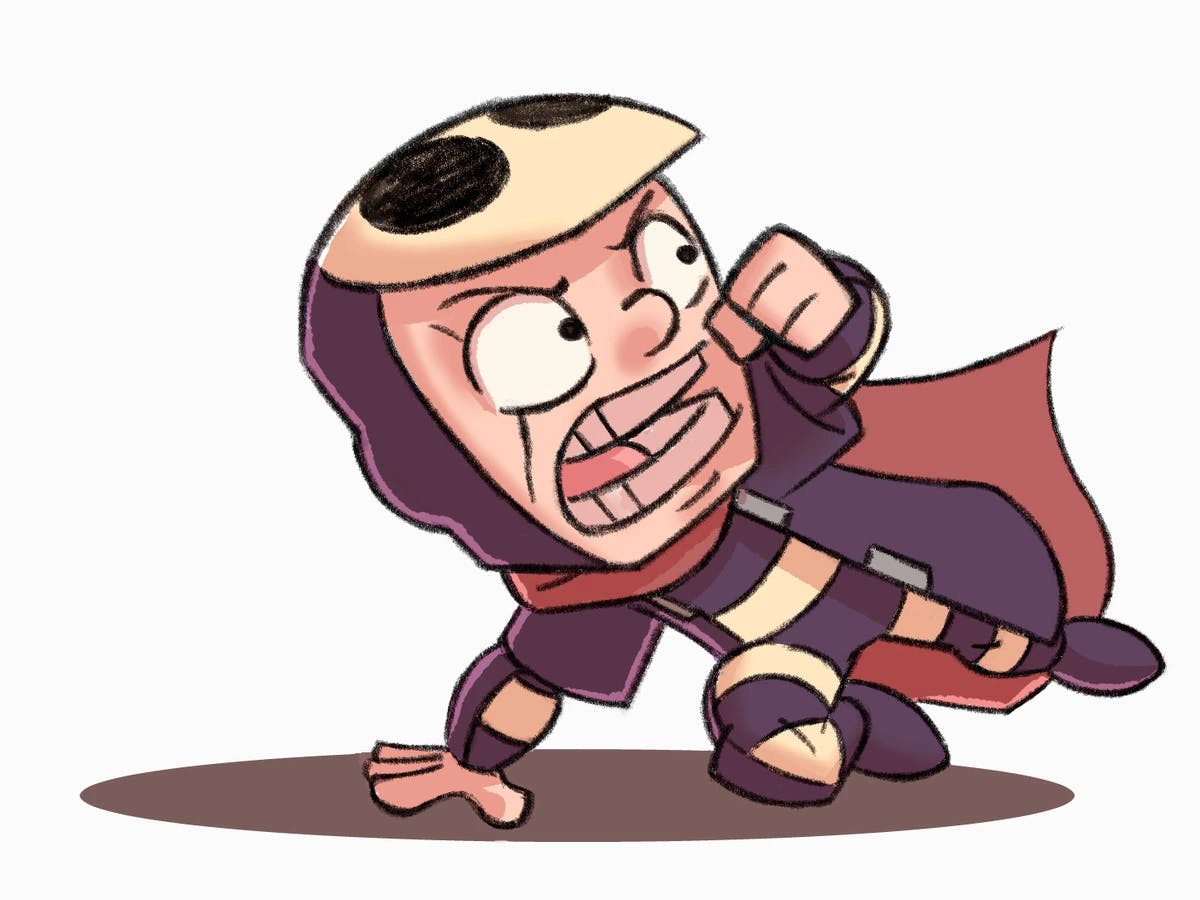
Jason T Kruse
Animator
Illustrator
Storyboard Artist


Weaving Wondrous and Magical Illustrations
Sonja Stangl: My art teacher in college once said: “the way you hold a pencil, you will never be able to draw properly!” After that, I started drawing every day just to prove her wrong and discovered that I can imagine myself drawing every day for the rest of my life.
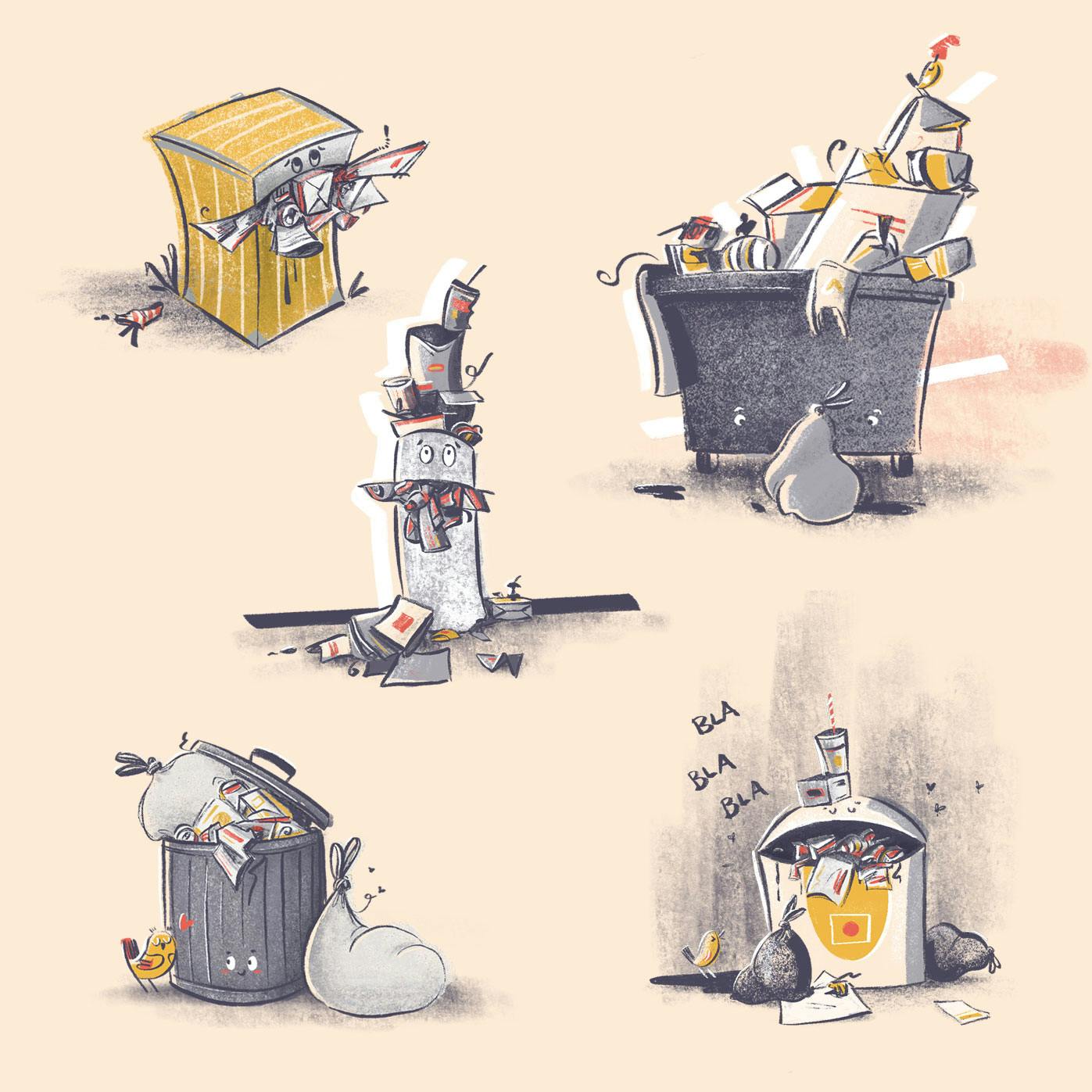
Then there was Erik, the owner of a small graphic design studio in Ireland where I did an internship. He encouraged me that a career in illustration was possible and did let me work on all the illustrative projects coming in. I got to illustrate beer labels and maps and we had a “Painting Friday” every week. During that time I also met some established, full-time working illustrators and got a little glimpse into the world of professional illustration. My mind was set to give it the best try that I could and seeing where it goes.
Oh, and since then I have met a few great artists along the way who also hold their pencils in the same weird way I do!
Sonja Stangl: While I was still studying I worked on some smaller projects with an organization that helps adults change their career paths and find further education. So straight after I graduated I already had my foot in the door and managed to get a bigger project from them.
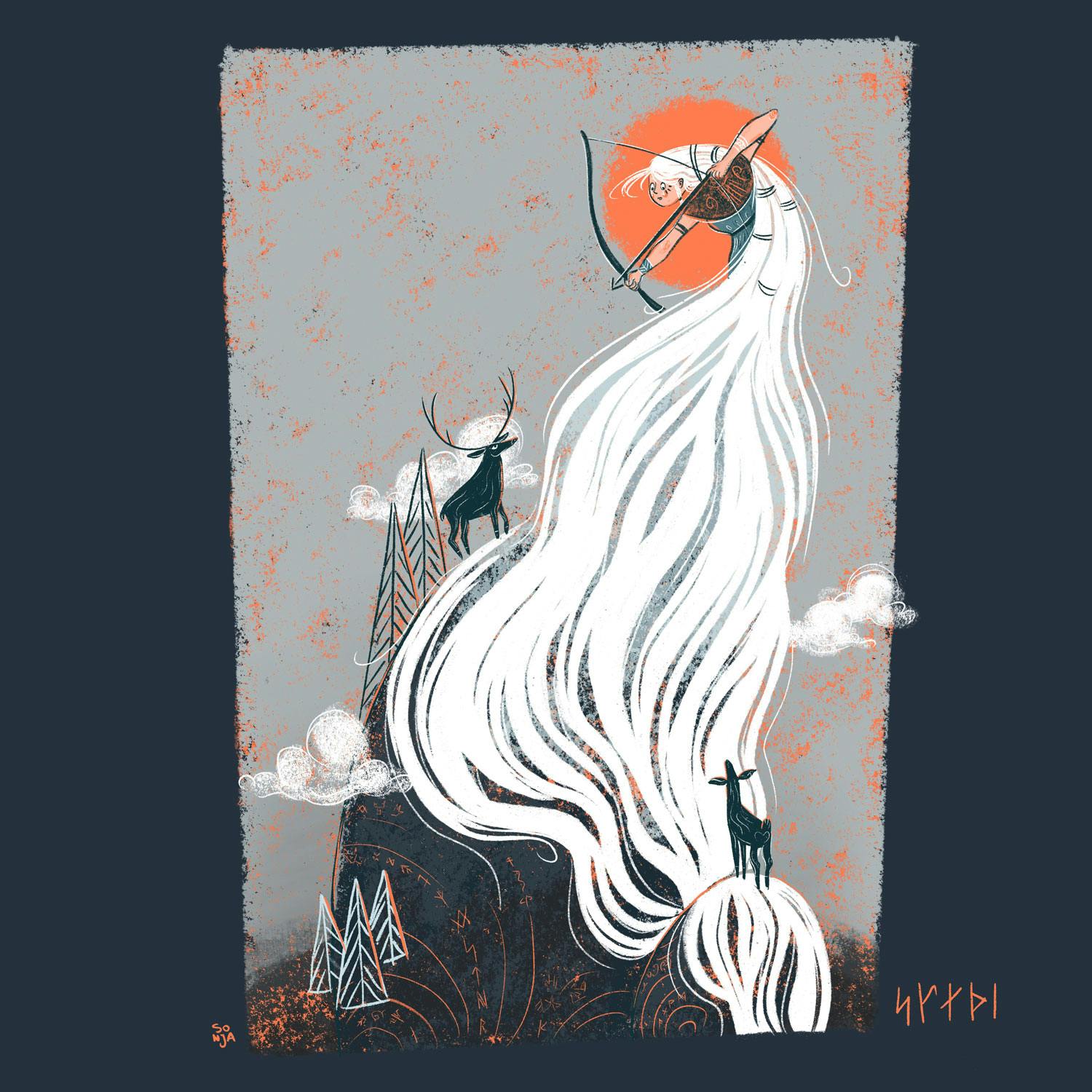
I got to design a character as their mascot and made little comics and illustrated cards and posters as well. Specifically, witnessing my work all over town, in trains and buses, so soon in my career was extremely rewarding and motivating.
Sonja Stangl: I like to start all projects on paper. For ideas and sketching just comes more naturally to me. While colored pencils are great because they help with picking a limited palette and I love the mark they make on paper. Finding three nicely fitting colors out of a pack of pencils is way less overwhelming than sitting in front of photoshop’s color wheel.
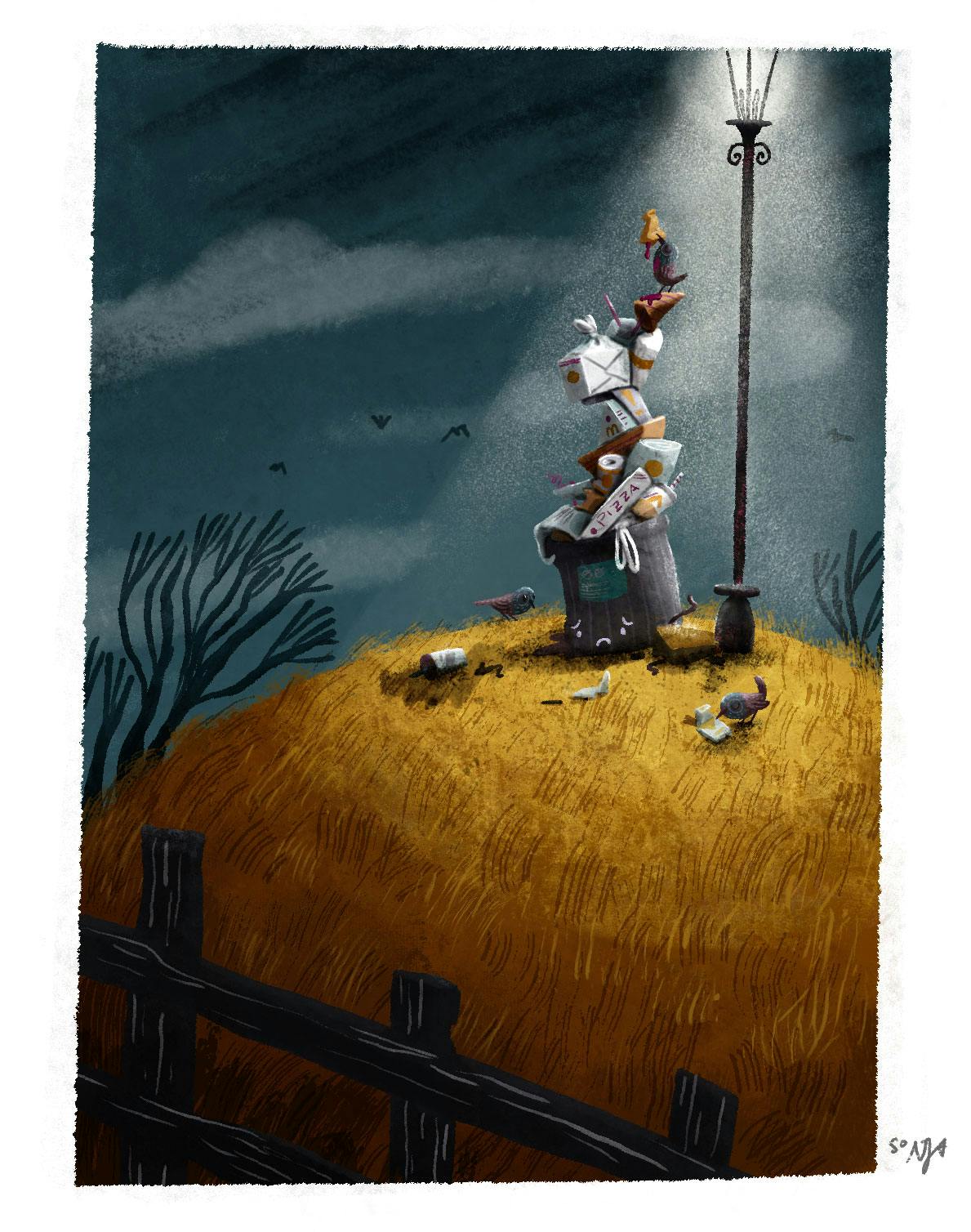
When I go digital I take the sketch and more or less start over. While digitally it’s a lot easier to refine the composition and balance out the contrast of sizes and shapes. Often I still use analog parts in my Illustrations like scanned pencils or ink marks. They do feel more real and alive.
Sonja Stangl: It depends on the project and where I am physically. Specifically for frame-by-frame animations, whenever I am in the studio, I use Photoshop. On the go, I use proCreate. Whereas for motion graphics and cutout animations, I go with After Effects and Spine. Every software has its pros and cons so it depends on what is needed.
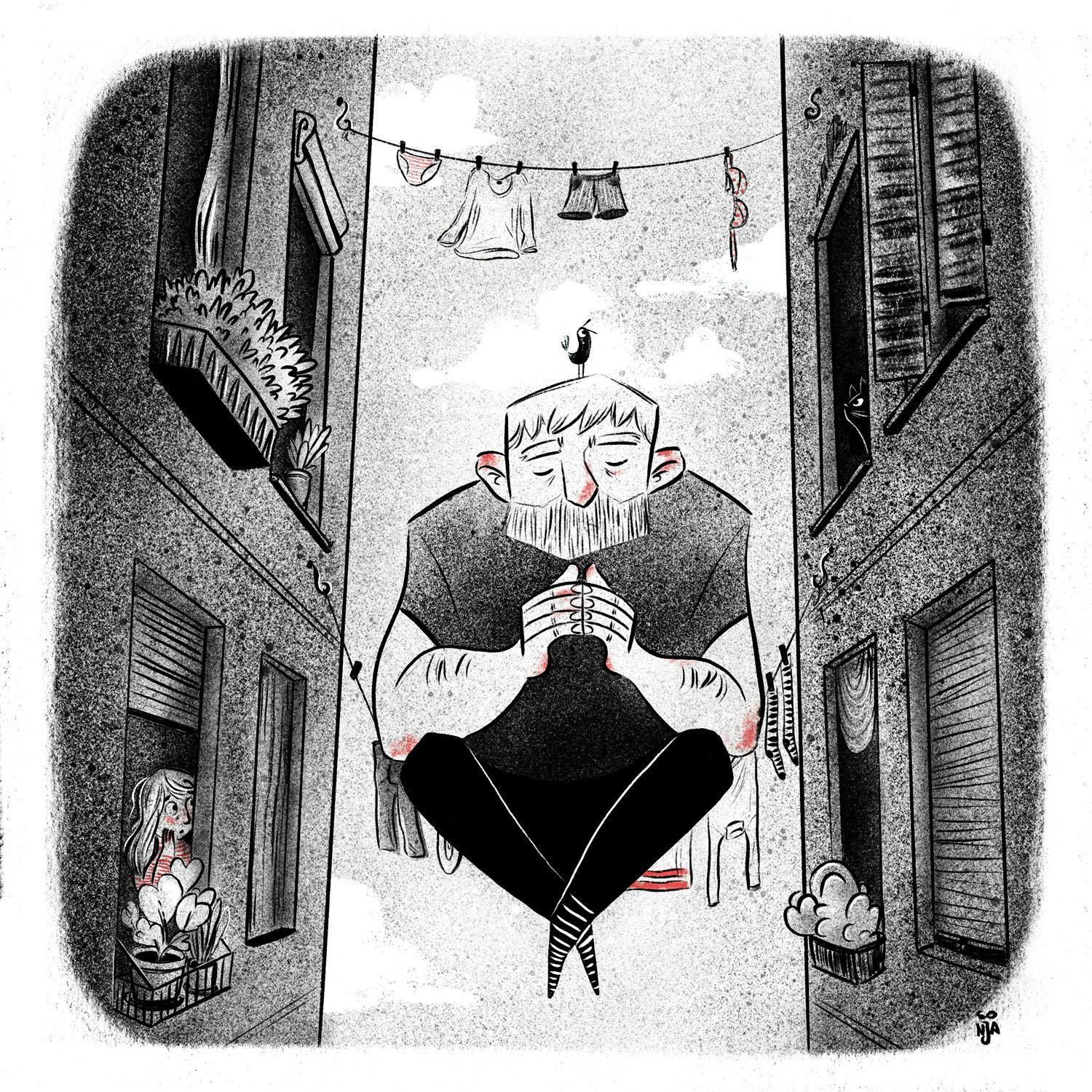
Sonja Stangl: Maybe because I am still quite a bit of a child myself.
For me, illustration was always something wondrous and magical. It can expand reality and show things how they could be different. Especially how I would have seen them as a kid or wanted them to be like them.
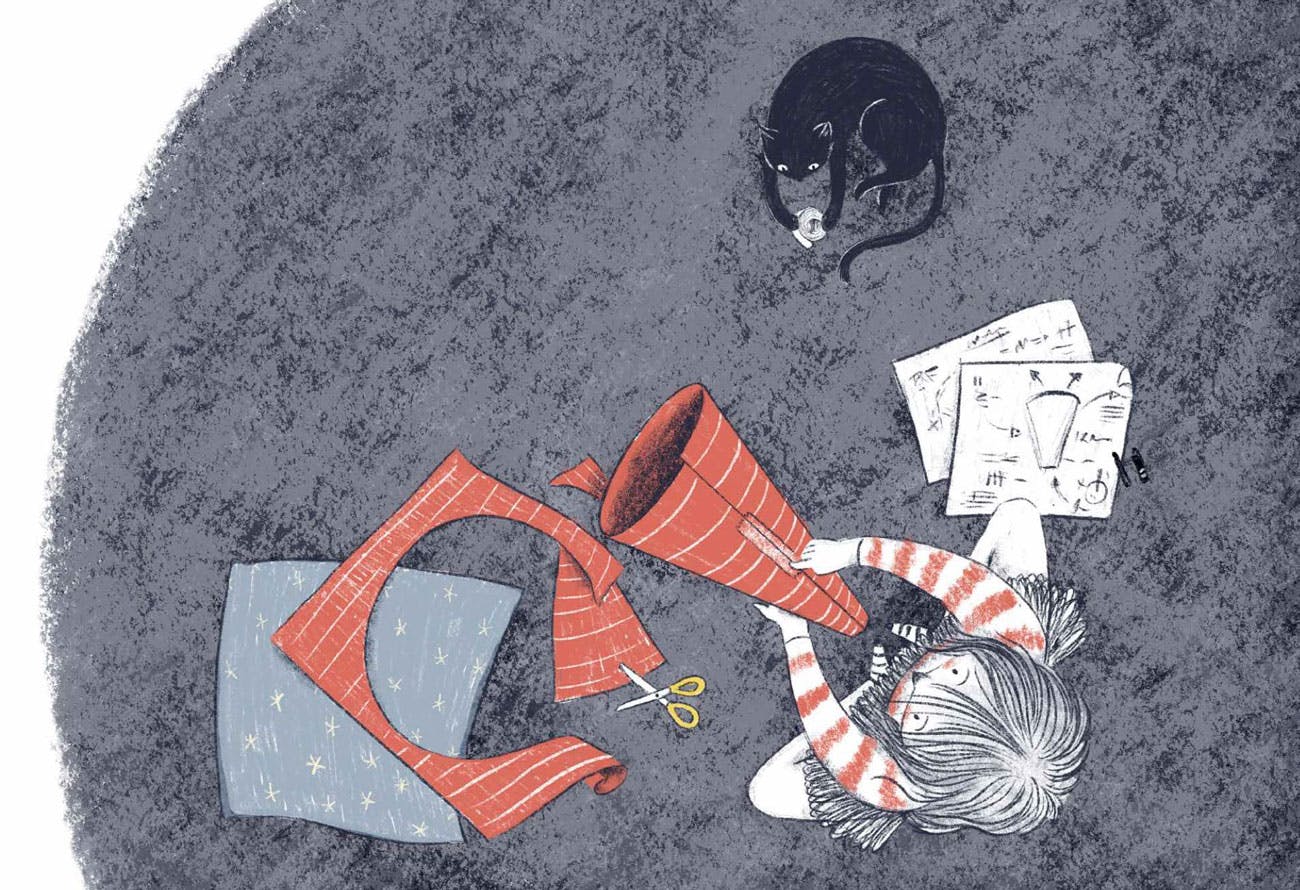
Sonja Stangl: I can still remember most of the illustrations I saw as a child very clearly. They were quite important to me and I loved to add extra stories to what I saw in drawings. Even an old Bruegel painting we had in the living room that I used to stare at for hours imagining worlds and stories in there. An illustration could make every mundane thing much more interesting.
So I kind of want to pass that gift on. Inspire kids to visualize and explore and imagine.
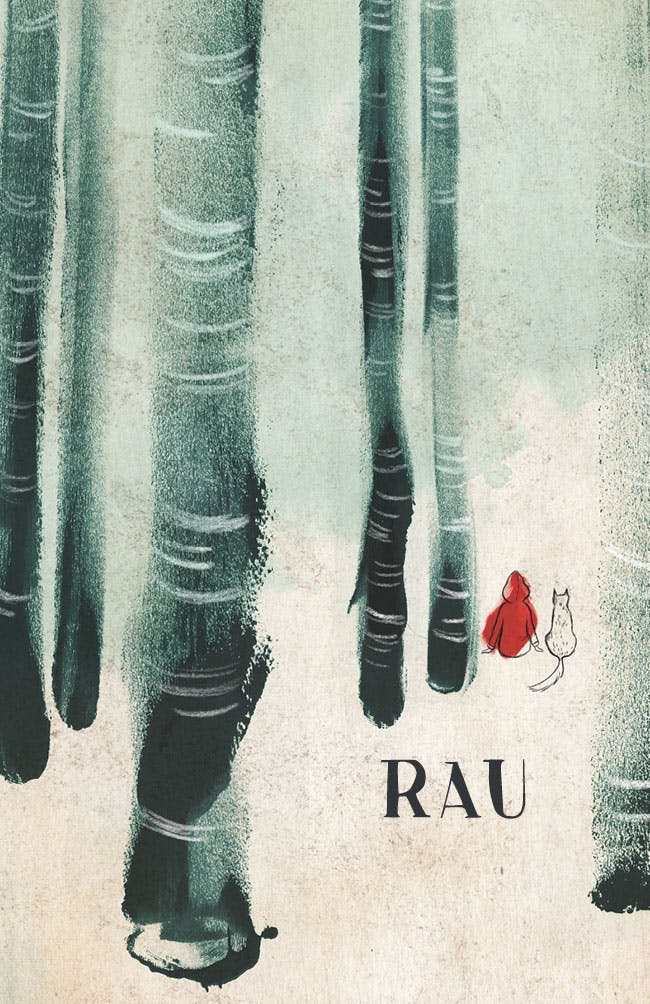
I am dabbling in some ideas for projects to come, but nothing concrete I could talk about yet. At the moment I am also fully submerged in a big project for a museum for alternative energy. A project dear to my heart, where I can playfully help people to understand complex topics and the need to take care of our environment.
Sonja Stangl: When it comes to character designs you need to fulfill a very clear purpose. They need to tell a story and are part of a specific world. That’s why most of this kind of work starts with writing, brainstorming, and setting rules to be followed. Then I can create within these rules.
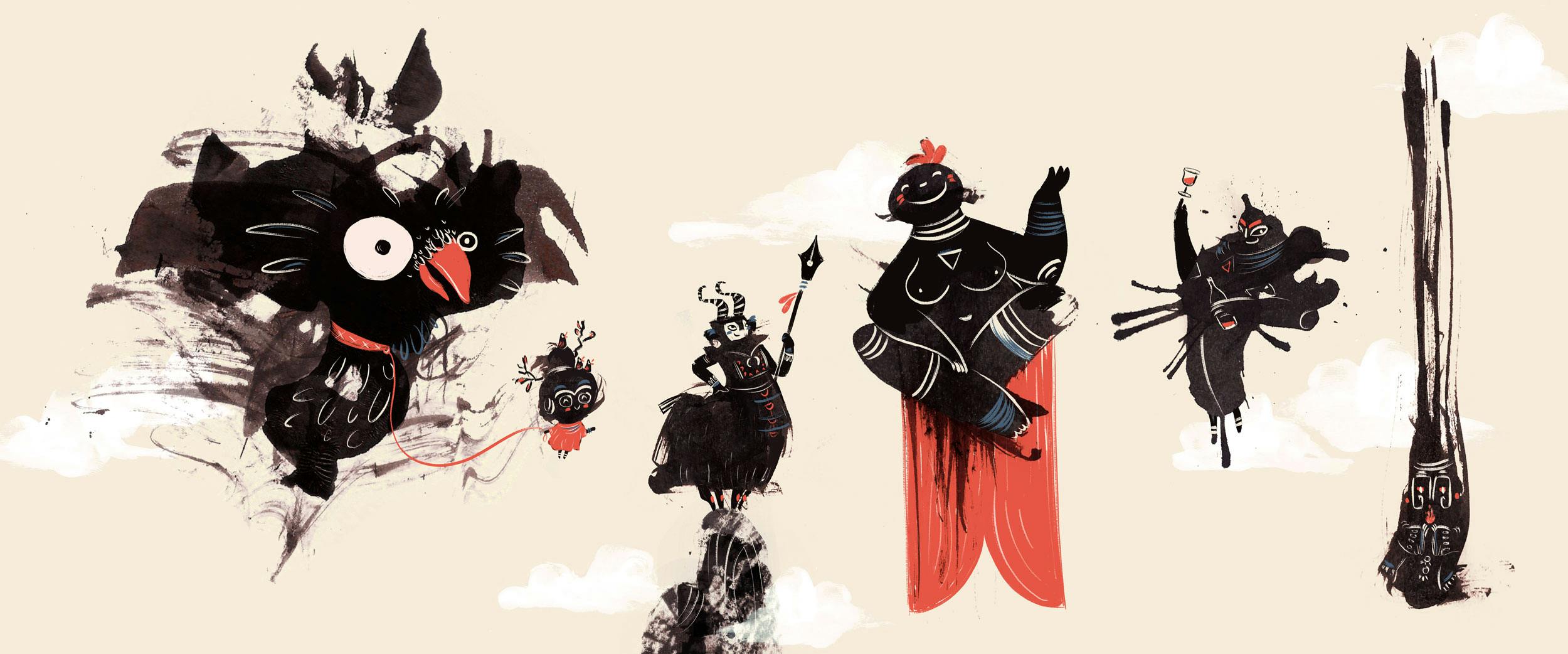
When it comes to more decorative or playful projects there isn’t so much rule-making. I would sometimes just start by putting marks on paper and see where it goes. And dip whatever I find in my studio or the yard or the forest into ink and see what that makes on paper. Then scan and go further, add more details and turn it into an illustration.
“When I go digital I take the sketch and more or less start over. While digitally it’s a lot easier to refine the composition and balance out the contrast of sizes and shapes. Often I still use analog parts in my Illustrations like scanned pencil or ink marks. They do feel more real and alive.”
Sonja Stangl: Well, the pandemic brought me a bit away from the exhibition phase and more into the creation phase again. We will see where it goes from here.
Sonja Stangl: It depends on the project, the client, and also my mood that day. Sometimes things hit off straight away and I don’t need that many sketches and sometimes I need some more days to get to where I want.

I love the animation feature on proCreate to just flesh out stuff though. I can instantly try different things and have a rough idea about the motion and timing.



























